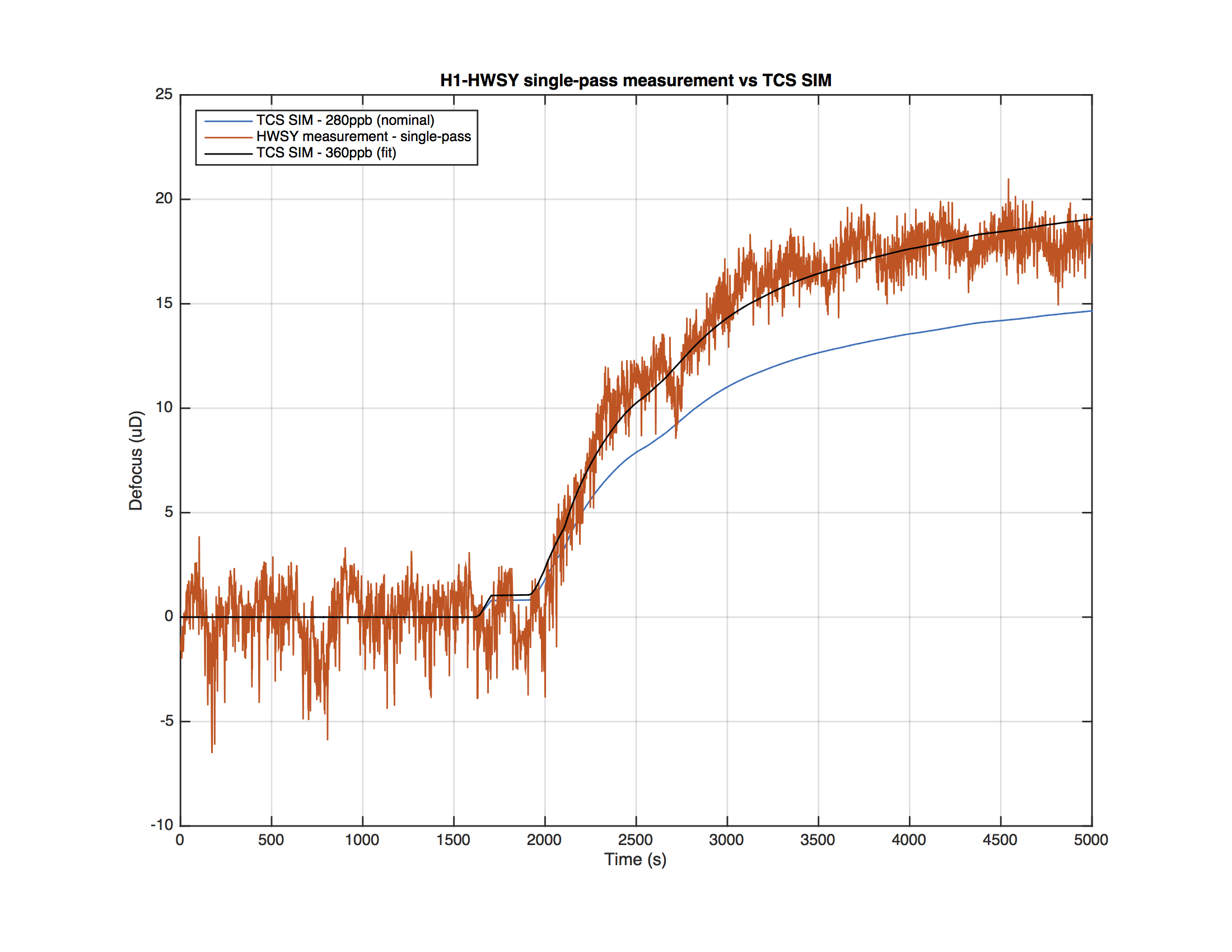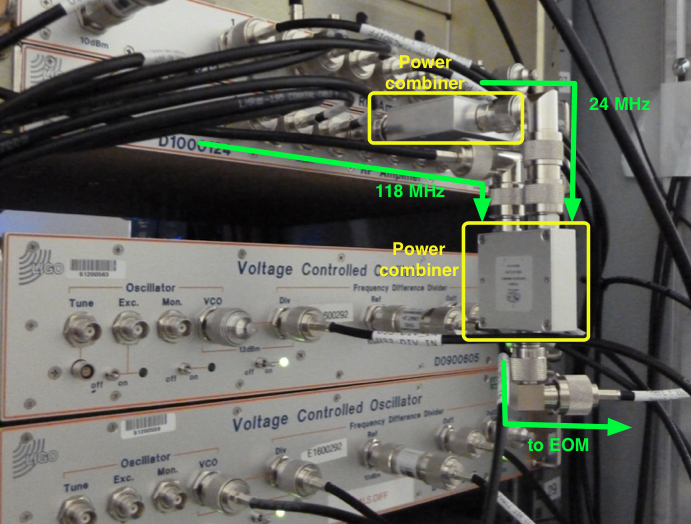[Vaishali, Patrick, Sheila, Jenne]
A few other locking notes from today, although nothing ground-breaking.
* I asked Vaishali to write a note "Xarm green weirdo - adjusting fiber polarization fixed it", thinking to myself that of course I'd remember exactly what I meant by weirdo. I think (esp. from the attached screenshot) that I thought adjusting the fiber polarization fixed the drifting of the Xend laser power, since that stopped for about 2 hours, although obviously it didn't actually fix it. Anyhow, Vaishali can comment here if she remembers more than I do....
* We really, really struggled with ALS DIFF while the wind was high earlier this afternoon. For a long while the whole wind trend plot was above the 20 mph line, gusting to above 40 mph. We weren't having trouble before that (it started pretty suddenly), and we were fine again after it died down and was averaging closer to 10 mph. The seismic config was in "Windy" the whole time, per the table on the config medm screen. We tried going through DIFF by hand several times, but I think the real key was just to wait until the wind was more calm.
* I saw that the power recycling gain dropped when we increased power. I tried re-setting the SOFT offsets, and in the end it turns out that the QPD offsets that Sheila had found were being overwritten in the ISC_LOCK guardian - a remnant of a time when we had 2 states for those that we liked - so we have reverted them to Sheila's offsets (since mine were nearly identical), and removed the hard-coded offsets from the guardian.
* I measured DHARD yaw just after increasing the PSL power to 30W (was actually closer to 27W during the measurement), and everything looked fine for going through with the Lownoise_ASC state. I did so by hand, and then again through at least one more lock letting guardian run through the state, and I had no problems. We aren't sure what this is, but it's not due to the SOFT offsets, since Sheila had been re-setting them by hand each lock at that time.
* On our final successful lock from this evening, I did the reduction of 45MHz modulation depth, skipped reducing the 9MHz modulation depth, and skipped the SRC ASC high power state, but otherwise was able to complete Noise_tunings, which basically puts us at NomLowNoise. After a while the CSOFT / dP/dTheta instability showed up, and we lost lock. I had increased the CSOFT pit gain from 0.6 to 0.8, but we lost lock while that was ramping, so I don't know if it would have helped or not. If all the oplevs were functional, we'd like to try oplev damping again. Alternatively, perhaps we'll try using the ISS 3rd loop again.
* After this, we've been unable to hold ALS_COMM locked, and we're suspicious of both the CARM / IMC loop (see the thread that starts with alog 36546), and the new ALSX laser (see alog 36550).
In conclusion, lots of measurements and testing, but no fundamental progress beyond the pre-ALS-laser-fiasco situation. Hopefully someone has inspiration for us in the morning regarding the ALSX laser power fluctuations, and we'll be able to keep moving forward.










































